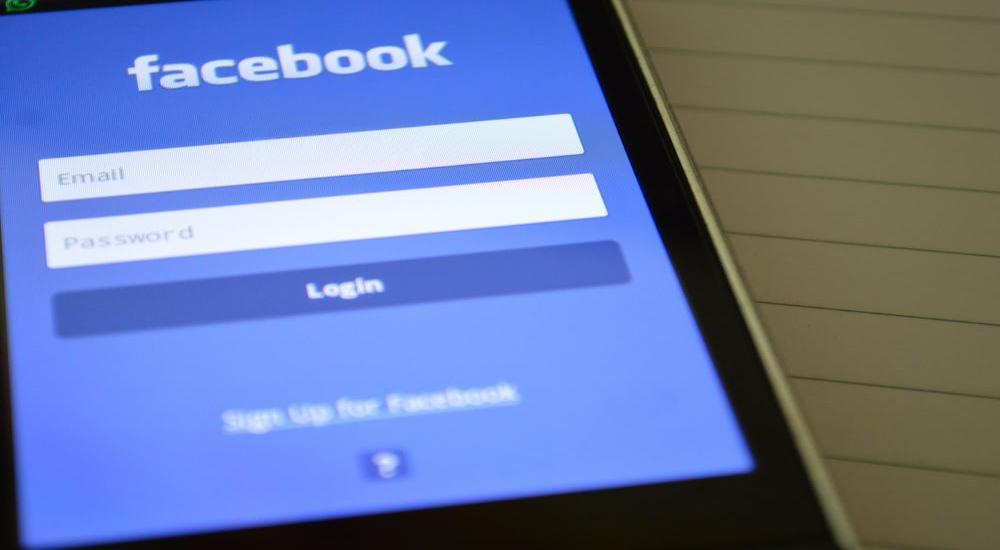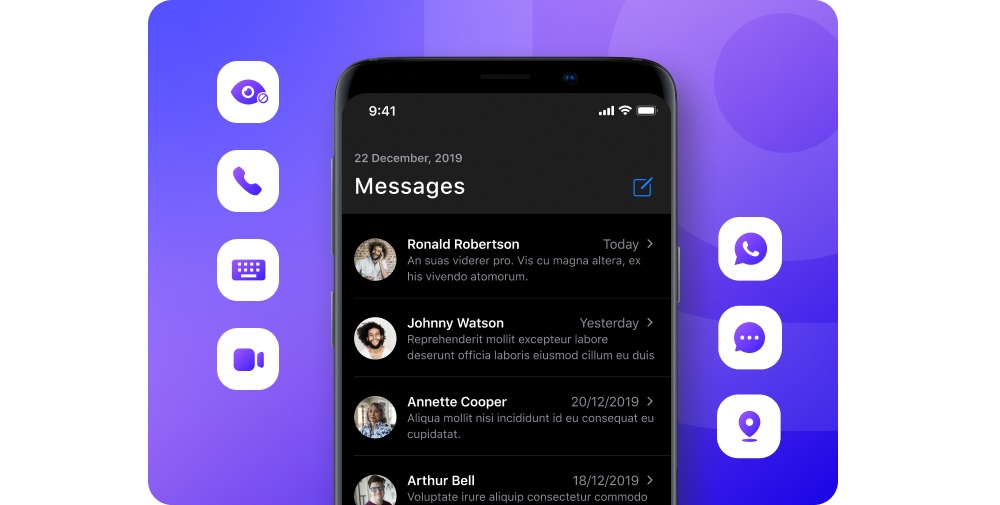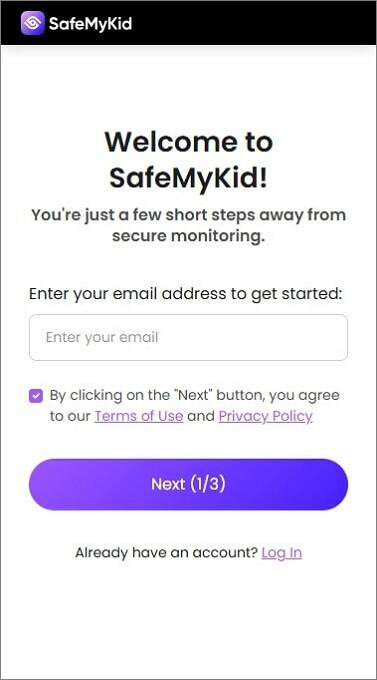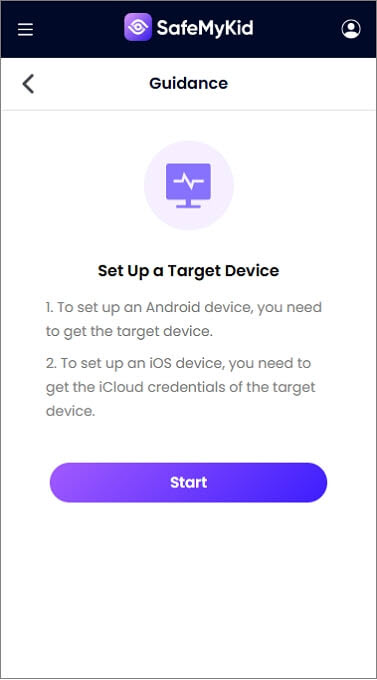How to Hack Facebook? 5 Ethical Methods You Can Try

In today’s digital world, your Facebook account is more than just a social platform—it stores personal information, business connections, and even financial details. This makes it a prime target for cyber threats. You might be wondering, how to hack Facebook, whether out of curiosity or concern about security risks.

The truth is, that many people search for ways to hack Facebook, but what’s more important is understanding how these breaches happen and how you can stay protected.
This guide will walk you through the top four methods used to access Facebook accounts—and how you can shield yourself from these threats.
How to Hack Facebook – 4 Common Methods
There are various sophisticated techniques that can be used to gain unauthorized access to Facebook user accounts. Below are four methods commonly used to exploit Facebook security and take over accounts.
1. Phishing Attacks
Phishing is a widely used method where fake Facebook login pages are created to steal user credentials. The victim receives an email or message that appears to be from Facebook, urging them to log in due to a security issue or account verification request.
How It Works:
- A fake Facebook login page is created identical to the real one.
- The victim clicks on a phishing link sent via email, text, or social media.
- The victim enters their Facebook credentials, unknowingly providing them to the attacker.
- The login information is captured and used to access the victim’s account.
Phishing attacks can be highly effective because they exploit human trust and urgency, tricking users into compromising their own accounts.
2. Keylogging
Keylogging involves installing malware on a target device to capture every keystroke entered, including usernames and passwords. Keyloggers are distributed through malicious downloads, infected email attachments, or compromised websites.
How It Works:
- A keylogger is embedded within a software download or email attachment.
- The victim unknowingly installs the malware on their device.
- The keylogger records every keystroke, including Facebook login credentials.
- The stolen data is sent back to the attacker, allowing them to log into the victim’s account undetected.
Keylogging is particularly dangerous because it not only Facebook login details but also other sensitive information such as banking credentials and personal messages.
3. Social Engineering (Password Reset Exploit)
Social engineering manipulates victims into providing personal details that can be used to reset passwords and take over Facebook accounts. Publicly available information is often gathered to bypass security questions or trick users into revealing sensitive data.
How It Works:
- The attacker researches the victim using publicly available data (social media profiles, email addresses, phone numbers).
- A password reset request is initiated on Facebook using the victim’s email or phone number.
- If security questions are required, the attacker attempts to answer them based on the victim’s social media posts.
- Once the password reset is successful, full control of the account is gained.
This method is highly effective because many people share personal details online, making it easier to exploit security vulnerabilities.
4. Brute Force Attacks

A brute force attack is a method where automated software is used to repeatedly guess a victim’s password. Weak passwords, dictionary-based attacks, and leaked password databases are often relied upon to crack Facebook credentials.
How It Works:
- The attacker collects the victim’s username, email, or phone number.
- A brute force tool systematically tries thousands or millions of potential password combinations.
- If the password is weak, the software cracks it within minutes to hours.
- Once the correct password is identified, full access to the account is gained.
Brute force attacks are particularly effective against accounts with simple or commonly used passwords, making them an easy target.
Unconventional Facebook Hacking Methods
While most people are aware of common hacking techniques like phishing scams and password breaches, hackers are constantly evolving their methods. New and lesser-known techniques are emerging, targeting vulnerabilities you might not even consider.
Below, we’ll explore some unconventional Facebook hacking methods and provide effective countermeasures to keep your account safe.
| Hacking Method | How It Works | How to Protect Yourself |
|---|---|---|
| Session Hijacking (Cookie Theft) | Hackers steal your session cookies to access your account without needing a password. | Use secure networks, avoid logging into Facebook on public Wi-Fi, and enable HTTPS-only browsing. |
| Malicious Browser Extensions | Some extensions request excessive permissions and can steal login credentials. | Only install trusted browser extensions, regularly review permissions, and remove suspicious add-ons. |
| Fake Login Pages (Clone Sites) | Hackers create identical Facebook login pages to trick users into entering their credentials. | Always check the URL before entering your login details and enable two-factor authentication (2FA). |
How to Hack Someone’s Facebook Account? The Simple & Easy Way
If you're searching for ways to hack a Facebook account, you might be looking for a way to monitor your child’s online activity, ensure their safety, or keep an eye on suspicious behavior. However, hacking is illegal and unethical. Instead of taking that route, there’s a legit, secure, and hassle-free way to monitor Facebook activity: SafeMyKid.

SafeMyKid is a powerful parental control app that allows you to track social media activity, including Facebook, WhatsApp, and more—without breaking the law.
Unlike risky hacking methods that compromise privacy and security, SafeMyKid provides a legal and ethical solution to keep your loved ones safe
Features of SafeMyKid for Enhanced Online Protection
With SafeMyKid, parents can:
- Monitor Facebook messages and activity
- Check friend requests & interactions
- Track browsing history & website visits
- View GPS location in real-time
How to Use SafeMyKid to Protect Your Facebook Account: A Step-by-Step Guide
Instead of risky hacking methods, use SafeMyKid, a trusted parental control app that allows you to monitor Facebook activity, messages, and more—legally and safely.
Follow these quick steps to set it up:
Step 1. Sign Up and Create an Account
Visit the SafeMyKid website or download the app. Create an account using your email address. This step is quick and easy—just a few details to get started!

Step 2. Set Up the App
- For iOS Devices:
- No need to download any additional apps! Simply log in with your iCloud credentials.
- SafeMyKid will automatically start monitoring the device without needing extra installations.
- For Android Devices:
- Download the SafeMyKid app from the Google Play Store.
- Open the app and log in with your account credentials to begin the setup.

Step 3. Monitor Facebook Activity & Secure Online Privacy
Access the SafeMyKid dashboard to monitor social media activity in real time. View Facebook messages, friend requests, and interactions. Set up alerts to receive notifications if any restricted content is accessed.

Now, you can monitor Facebook safely and legally—ensuring your child’s online safety without resorting to hacking!
Why Avoid Hacking Methods and Choose Ethical Alternatives
In a world where digital threats are growing stronger, it might be tempting to look for shortcuts to access a Facebook account, especially when it comes to protecting loved ones.
However, using unethical or illegal methods not only puts your personal security at risk but also undermines trust and personal privacy. Let’s take a moment to discuss the values that should guide your decision to protect Facebook accounts responsibly.
- Respect for Privacy and Consent
- Preserving Security
- Promoting Trust in Digital Spaces
- Upholding Legal Boundaries
- Focusing on Positive Solutions
Every individual deserves privacy, especially in the digital space. Trying to hack into someone’s Facebook account, whether out of curiosity or concern, violates their right to privacy.
Instead of resorting to hacking, it’s better to have open and honest conversations, especially when it comes to children or loved ones. Choosing ethical methods like SafeMyKid ensures that you can monitor and safeguard your family’s digital life with their consent.
Hacking methods such as phishing, keylogging, or brute force attacks often require the use of malicious software or compromised websites. These tools can inadvertently expose you to identity theft, data breaches, or further security risks.
Protecting yourself from these risks is just as important as protecting others. Relying on trustworthy, secure methods such as SafeMyKid eliminates the need to engage with questionable software or tactics, keeping both your information and your loved ones safe.
When we make choices based on respect for privacy and security, we help foster an online culture built on trust and integrity. Whether you're protecting your children from online dangers or securing your own accounts, trust is key.
SafeMyKid builds this trust through its transparency and commitment to security, providing a solution that works within ethical boundaries.
Engaging in hacking activities is illegal and can lead to serious consequences, including legal penalties. Choosing an ethical alternative like SafeMyKid not only keeps you safe but also helps to set a good example for others. It shows that doing the right thing always trumps taking shortcuts.
Instead of focusing on the negative aspects of hacking, it’s better to turn towards positive solutions that allow for growth and protection. Technology should be used for good—to connect, protect, and empower.
With tools like SafeMyKid, you’re taking a proactive stance in ensuring safety without crossing ethical lines. This creates an environment where everyone—especially children—can explore the online world without fear of compromise.
FAQs About Recovering a Hacked Facebook Account
To wrap up this guide, here are some of the most frequently asked questions about recovering and securing a hacked Facebook account. These answers will help you take action quickly and prevent future hacks.
1. What if the hacker changed my email address or phone number?
If the hacker changed your contact information, you can still regain access by selecting "Forgotten Password?" and using the option to send a recovery link to your phone number, assuming it hasn’t been altered.
2. How can I alert my friends and family that my Facebook account was hacked?
Once you've regained access, post a status update warning your friends or send direct messages letting them know your account was compromised. Advise them not to click on any suspicious links they might have received from your account.
3. What should I do if I suspect my Facebook account is still compromised after following these steps?
If you’ve followed all recovery steps and your account is still showing signs of being hacked, contact Facebook’s support team for additional assistance. You may also consider reviewing your devices and software for vulnerabilities.
4. Can I recover my Facebook account without access to my old email or phone number?
Yes, Facebook has options for recovering your account through trusted contacts. If you’ve set up trusted contacts before the hack, you can use them to regain access.
5. Why is it important to review my account history after a hack?
Reviewing your account history helps identify any unauthorized posts, messages, or friend requests that the hacker might have made. It's crucial to clean up any suspicious activities to prevent further damage.
Conclusion
Now that you understand how to hack Facebook, you can see that cybercriminals use a mix of deception, malware, and automation to gain access to accounts. While Facebook employs security measures, hackers continuously develop new ways to exploit vulnerabilities. Understanding these attack methods is the first step in protecting yourself against unauthorized access and digital threats.
And for parents, using a tool like SafeMyKid can help safeguard not just your data, but also your children’s online safety.
So, take action now! Keep your digital world safe with these simple steps and ensure your family’s online activities are secure.
If you need further assistance with Facebook security or want to start using SafeMyKid to keep your loved ones safe, feel free to reach out—we’re here to help you!


